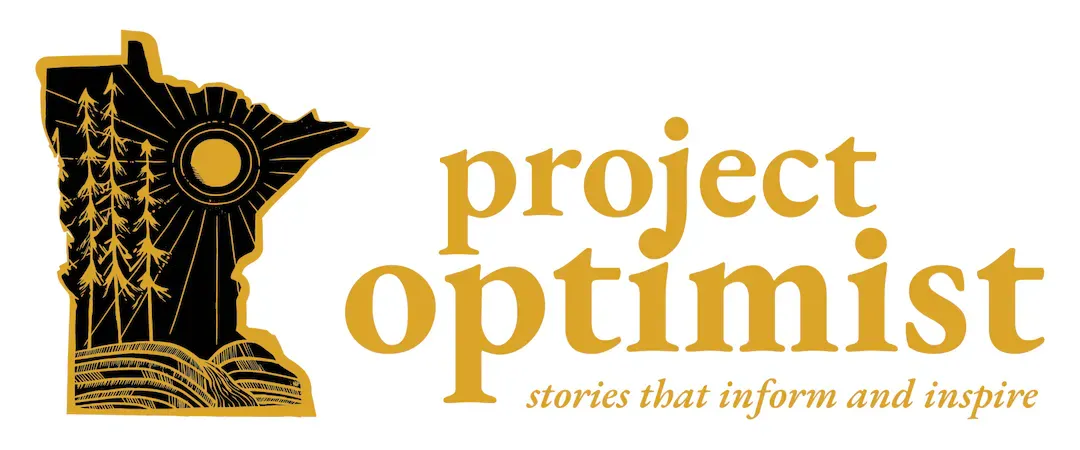How to find common ground, encourage bipartisanship
The nonprofit organization Majority in the Middle aims to highlight the ways Minnesota's state legislators work together.
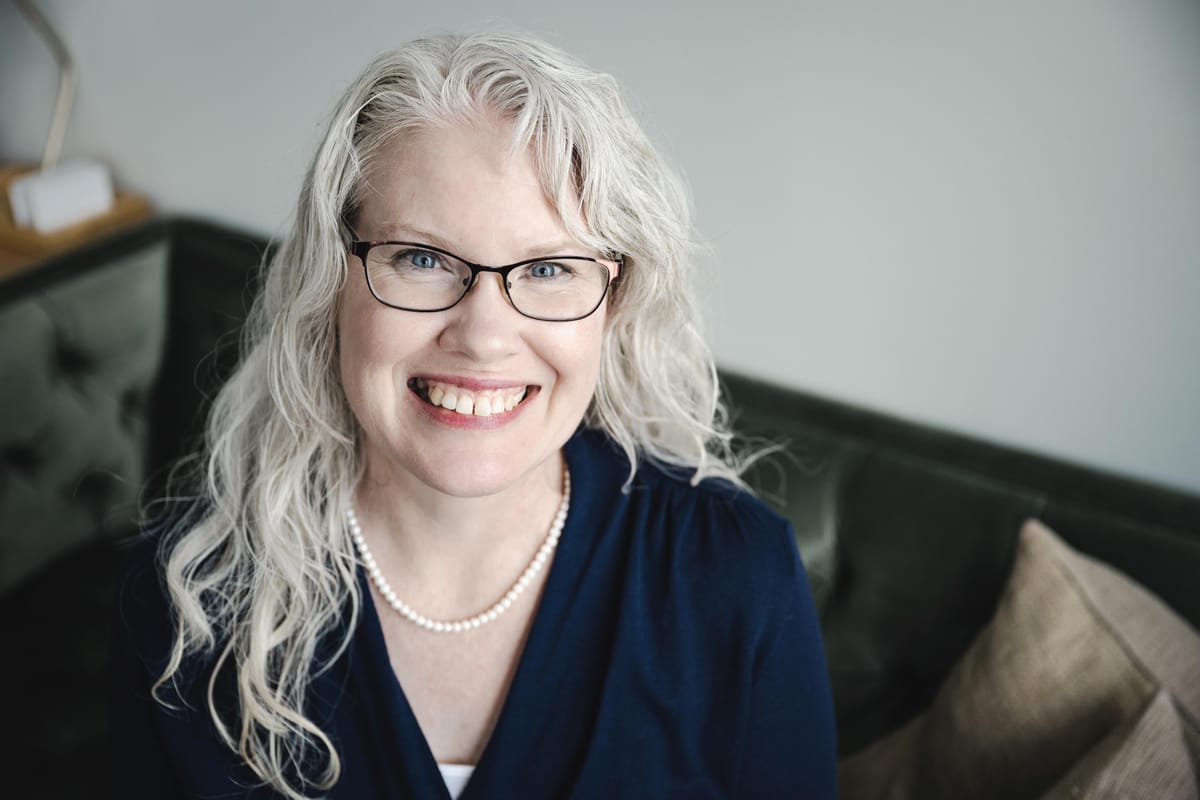
The lack of common ground is something we hear about all too often these days. It seems people are either on the right or the left and there's no one in-between, yet people are frustrated that we can't meet in the middle.
It bothered Shannon Watson, too. Watson is the executive director of Majority in the Middle, a St. Paul-based nonprofit organization. She has worked in policy and public affairs, and she has more than two decades of experience in politics.
Majority in the Middle's roots date back to Watson's childhood in Kansas. Her dad is a Republican, while her mom is either a Democrat or a Libertarian "depending on the day and the issue," Watson said. Despite their political differences, Watson's parents have been married for more than 50 years.
"This idea that has been percolating up the last 15 years or so, that you can't be in relationship with somebody if you don't vote the same way, that's weird to me," Watson said, "because I have watched it every day of my life be not true. Yes, you can, and so that's why, I personally, came to this work."
Watson decided to act in the wake of a 2020 presidential debate. She watched as people on the right and the left doubled down on their respective candidates, while people in the middle expressed disillusionment.
"I realized if we had hit the tipping point where really thoughtful, strategic, political people were like, 'I'm out,' we've got to do something," Watson said.
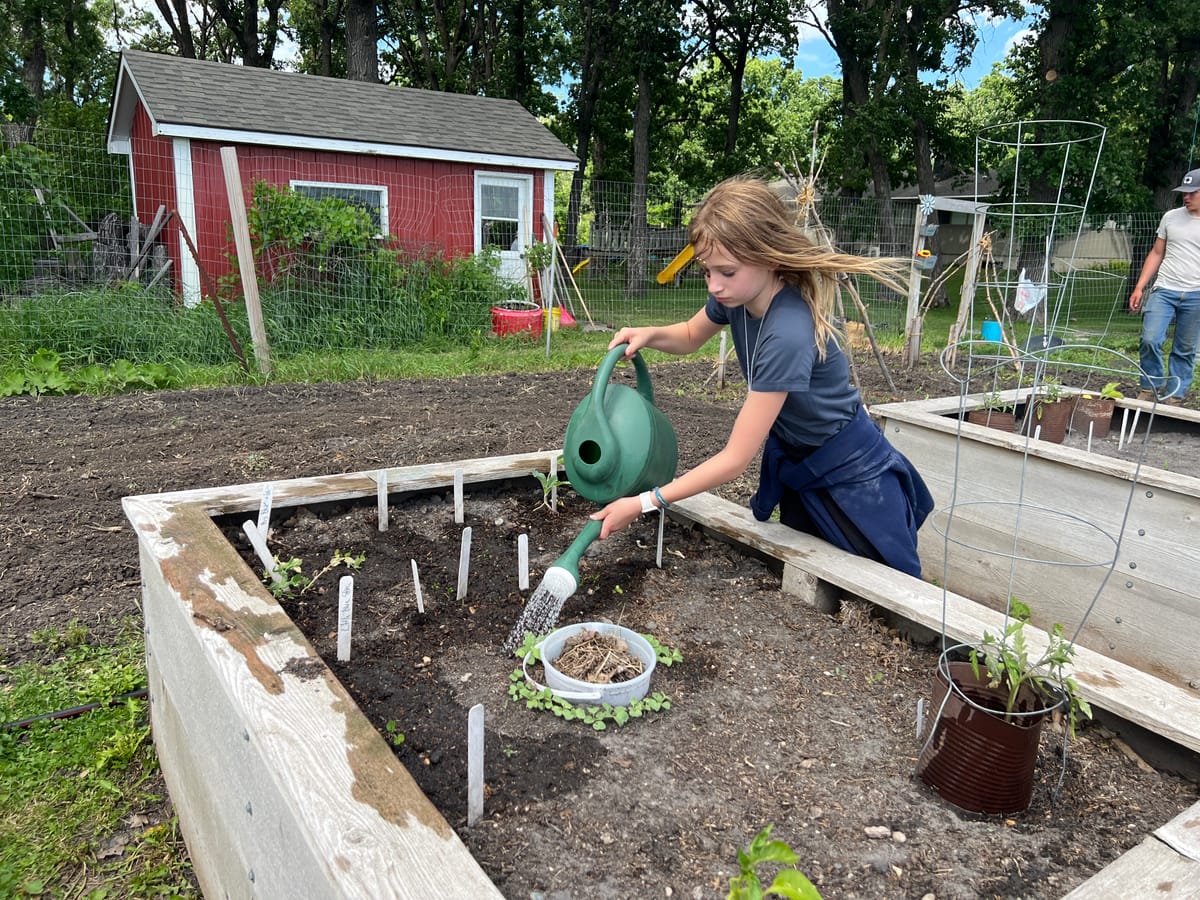
Majority in the Middle aims to rebuild civic and political culture, and Watson said its focus goes beyond the Twin Cities metro area.
"We are really focused on being a statewide organization and understanding the rural/metro divide," she said. "I wind up doing a lot of meetings in the Cities because I live here, and yet any opportunity that I get to get out of the Cities, I will take it. … We actively solicit input from people around the state."
Project Optimist caught up with Watson about the organization's goals, how people can build bipartisanship into their lives, and more. The interview has been edited for length, clarity, and grammar.
Project Optimist: Why does Majority in the Middle spotlight bipartisanship?
Shannon Watson: Because elected officials are leaders whether they want to be or not, and they set the tone. One of the things that's been concerning to a lot of normal people about the division that's been coming up in our country is it's leaking out of politics and taking root in other spaces – in schools or their church or their Rotary or their kids' soccer team or whatever. And I think some of that comes from the narrative.
We spend so much time focusing on the ways that we're different and not on the things we agree on. So the State of Bipartisanship … what you'll see in the report in the committee sections, there's the (bills) that are 100% majority offered, or 100% minority offered. Then there's this big piece of purple in the middle, and that was what we called the hidden bipartisanship, because these are all the bills that people work together and they put their names on together. None of that was getting talked about, and all of the narrative coming out of the Capitol was "Republicans believe this and Democrats believe that — there is no purple." And that wasn't actually true. …
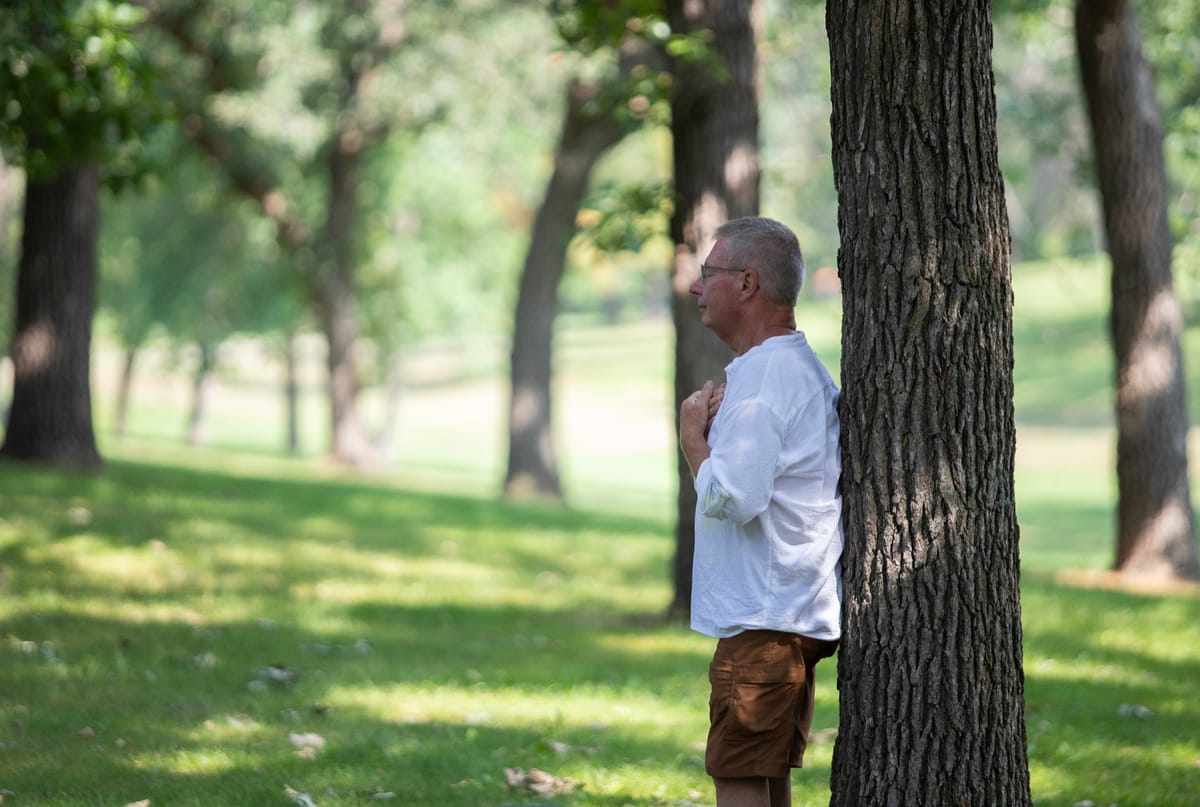
PO: Pew Research Center conducted a survey earlier this year asking Americans if there was common ground for Democrats and Republicans on several issues. The survey found that Americans see less common ground between the parties than they did a year ago. Does that reflect what you’re seeing and hearing among Minnesotans?
SW: … We've gotten to the point that we assume that if you're not 100% with us, you're against us. One of the reasons for that is conflict engineers. And conflict engineers are people who seek to divide us in order to achieve a goal, achieve their own thing. For some activists, it is really helpful to their cause, to their campaign to have people on their side think the other side is absolutely 100% against them. That deals with human physiology, and the best way to motivate people is through fear or anger, which is disappointing, but people do it because it works.
I think there's less common ground because what is being pointed out is the division, and the division is being highlighted, and in some ways, that's just the simplification of all the stuff that we deal with. Sometimes it's by design. The next thing I'm dealing with is trying to figure out, how do we talk about conflict engineers and conflict entrepreneurs and conflict ambassadors, and what are the differences.
PO: How can people advocate for bipartisanship in their communities and in the Legislature?
SW: I would say with elected officials, there's two things. Number one, you've got to let your elected officials know you care about this, because I think a lot of people assume, "Oh, well, everybody wants elected officials to get along, so I don't have to tell them that." That is something that needs to be articulated. …
Now, a tiny piece of that is if you want people to come to a compromise that can't mean "I want the other side to fold to what I want." That's not compromise.
And then the other piece when dealing with elected officials is don't punish them for compromising when it's the next time to run for office. … We punish people, and we go with the further and further extremes, and then we have people in office who don't see compromise as part of their job.
In dealing with each other ... number one, not assuming that because somebody votes a certain way they believe a certain thing without talking to them. But also, if they believe something that you think is crazy, just let it be OK. Find the things that you can agree on and that you do have in common, and prioritize those in your relationship. So you both like to fish, or your kids are on the same sports team, or you both like the Vikings, or you both like the Packers, or whatever. Those things make us people. You can trade lawn care tips with your next door neighbor even if they have a different political sign than you. That's OK. …
PO: Right now Majority in the Middle is focused on Minnesota. What are your goals for the organization in the future?
SW: One of the things that we like about starting in Minnesota, besides the fact that I live here … is that it's a great place to study bipartisanship. We're in a trifecta today (a Democrat is governor and Democrats control both legislative houses) … Split government is more normal for Minnesota … and so it has been a good place to study bipartisanship, because a lot of it is forced. That being said the last couple of years have been sort of an unexpected blessing in that we've gotten to look at, how does it function when the bipartisanship isn't forced?
So what I want to really do here is figure out what works, what doesn't, what are some of the core root issues of the partisanship, and then see if we can replicate those in other states. That's like a 20-year plan, and it all has to do with resources and time. …
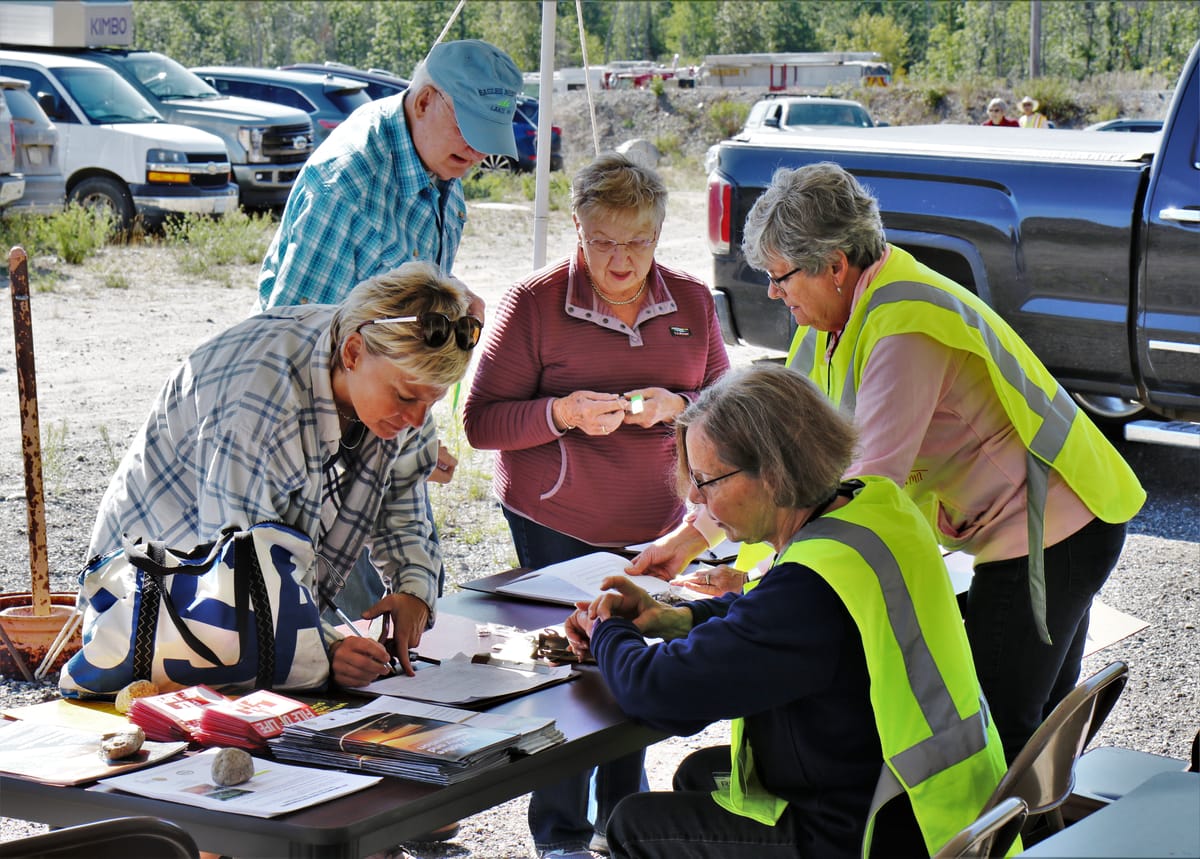
PO: Is there anything else you want to add that we didn’t touch on?
SW: There’s this thing I call structural partisanship. … Those are the rules and the customs and sometimes even the physical infrastructure of legislative bodies that divide people. … Sometimes, particularly with the Legislature, people get elected and they’re all excited that they’re going to go to St. Paul. … And then they get there, and they are the low person on the seniority list, and everything runs through their caucus, and it’s not at all what they expected, and they’re really disappointed. They have two options: The first one … is "I don’t like this system, I’m out. I can’t run again."
The other strategy is to stay in and work the process and stick around until you get some power. More often than not that ingrains people into the system, and when they actually do get to the point where they’re like "I’m going to change this when I’m in charge," they don’t.
Sen. (John) Marty (D-Roseville) and single subject bills are probably the best example of this. Peter Callaghan did a story because single subject bills have always been the thing that Sen. Marty railed on, and then he became the chair of the finance committee, and it was like "Here we go. He’s not going to let this happen." And he did, and it was disappointing to me.
What are those structures? What are the things that are dividing people in ways that they don’t even think about?
In the Senate, there’s a seniority pattern (for seating), but … they mix it up, which is my favorite because then I can watch Democrats and Republicans talk about things and interact. Lindsey Port (D-Burnsville) and Cal Bahr (R-East Bethel), who are probably as far apart as you can get, are giggling about something on the elections committee. These are people who … on the things they disagree about, they disagree fervently, but they could have a really human, giggly moment.
In the House, all the Republicans sit on this side and all the Democrats sit on this side, and they have those big U-shaped tables. … These rooms feel really antagonistic, and part of the reason is that it’s set up that way. … Those are things that are really hard, but the most fascinating thing about this is that most people don’t even notice, and they don’t even think about it. … Those are rules and customs they set for themselves. … There is a real opportunity to try to tackle some of those structural partisanship things.
This story was edited by Nora Hertel.
